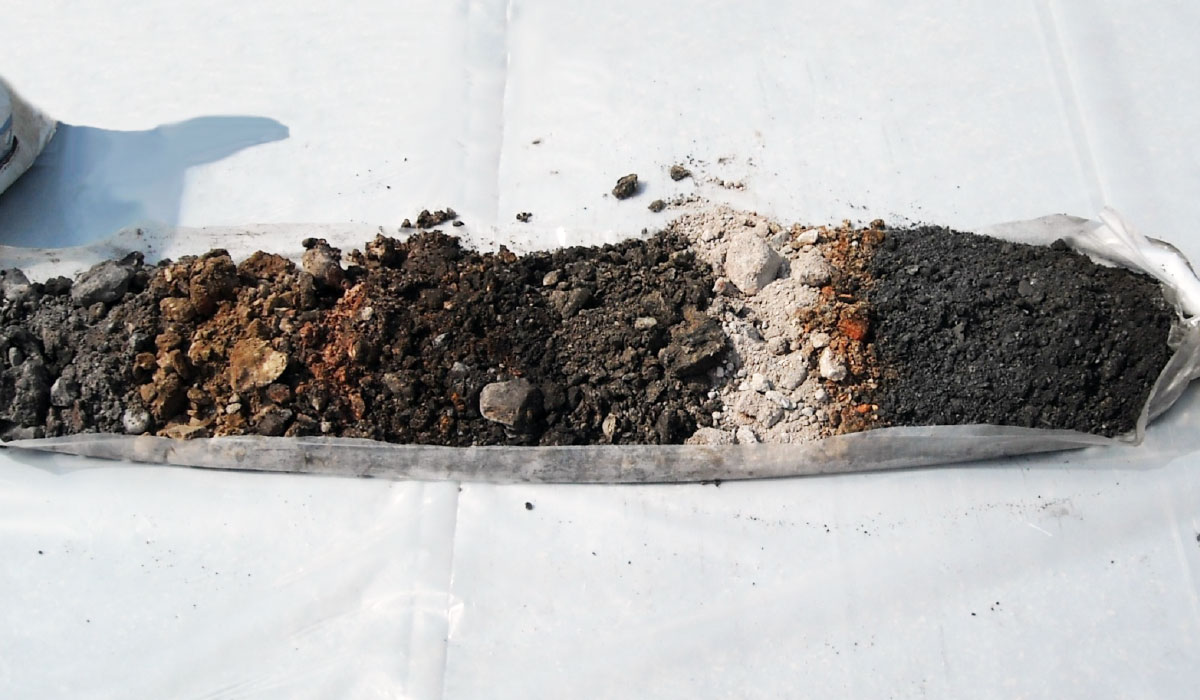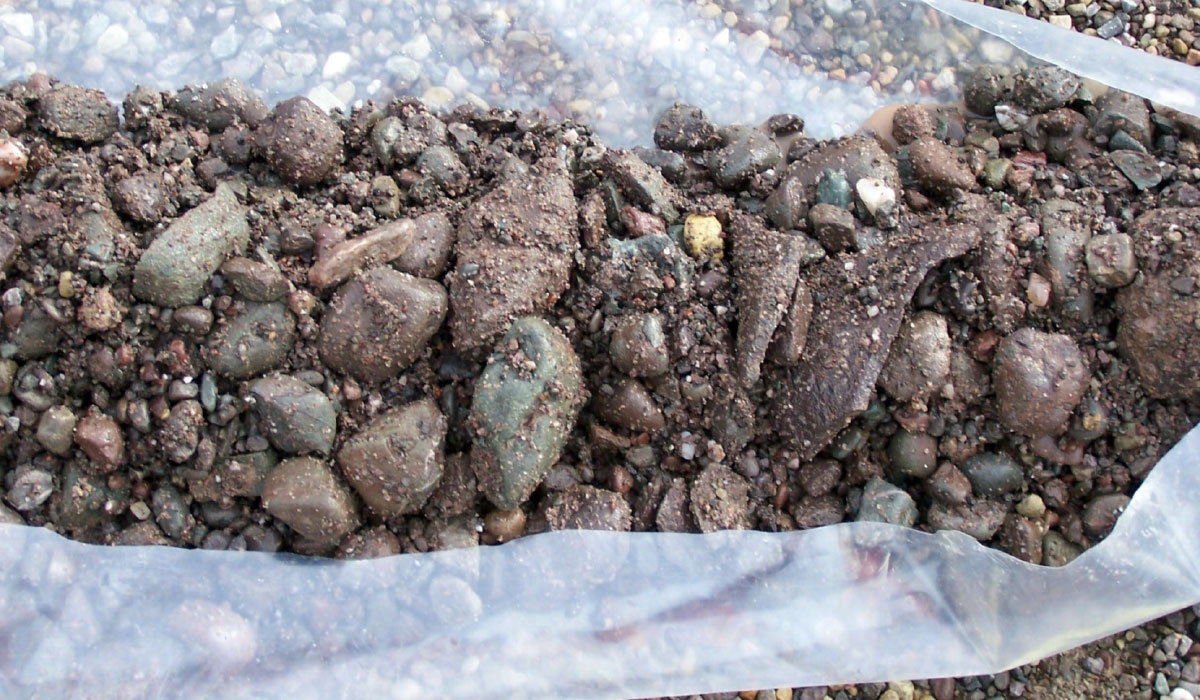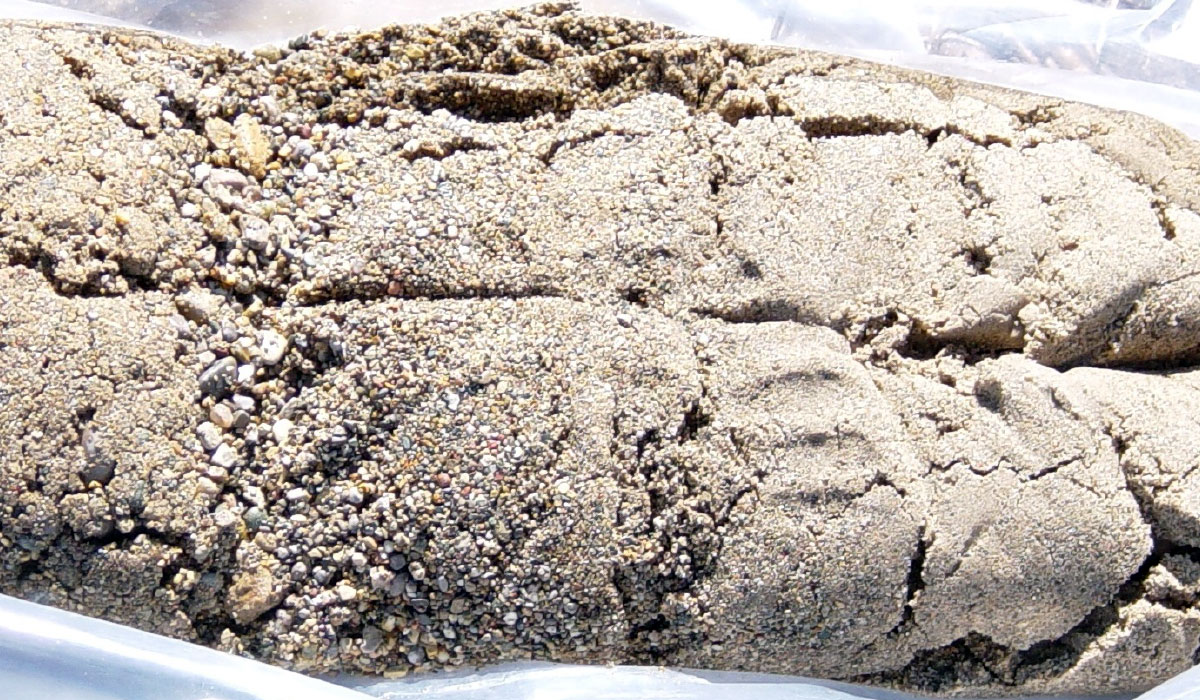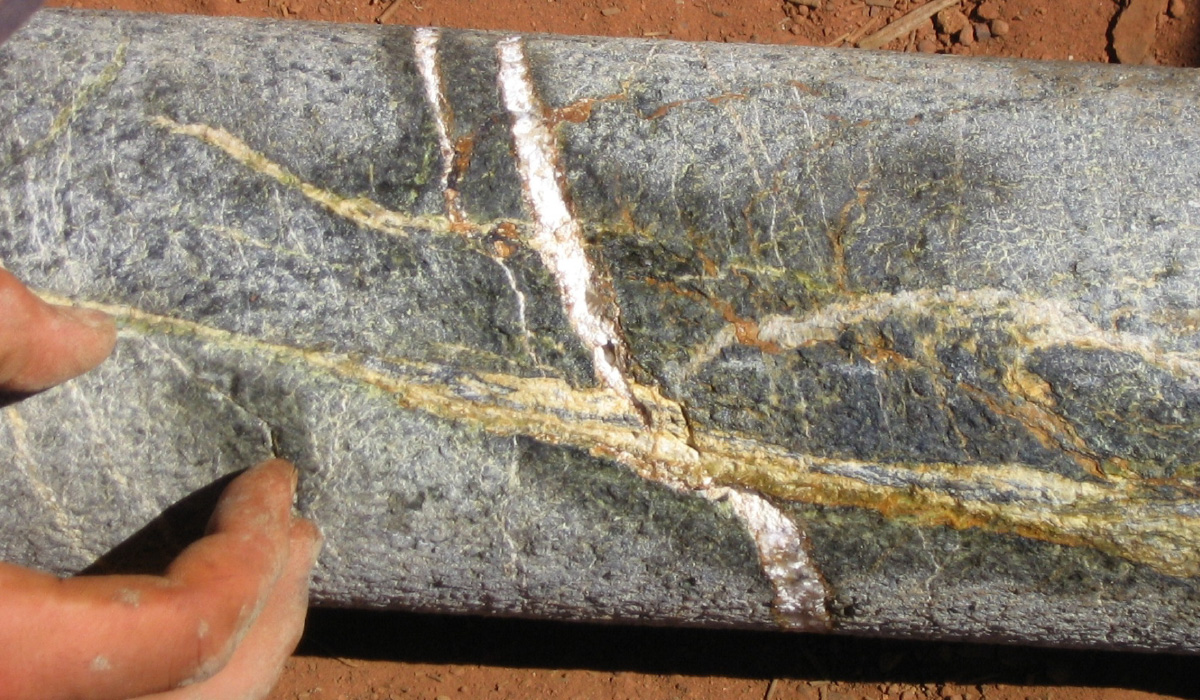NICHT MINING
12. Januar 2017
Sieben Tipps zur optimalen Nutzung von Sonic Drilling
Fortschrittliche Schalltechnologie und hochqualifizierte Schallbohrer
Fortschrittliche Schalltechnologie und hochqualifizierte Schallbohrer können Tiefen von über 700 Fuß erreichen und dabei nahezu 100 Prozent In-situ-Kernproben erhalten. Fred Hafner von Boart Longyear bietet 7 Tipps, um das Beste aus Schallbohrungen herauszuholen.
1. Wissen, wann Sonic-Bohren gegenüber anderen Methoden verwendet wird.
Um zu wissen, wann und wo Sonic-Bohren gegenüber herkömmlichen Bohrmethoden eingesetzt werden muss, ist es äußerst wichtig, kostengünstige Ergebnisse zu erzielen.
Es gibt drei Hauptgründe für die Wahl der Sonic-Bohrtechnologie:
1. Projekte, bei denen eine kontinuierliche In-Situ-Probe gesammelt werden muss - im Gegensatz zu Reverse-Circulation-Bohrungen (RC), bei denen Späne gesammelt werden.
2. In Situationen, in denen während des Bohrens Flüssigkeit und Luft vermieden werden müssen. Bei der Schallbohrung ist keine Flüssigkeit oder Luft erforderlich. Dies macht sie zu einer guten Methode für geotechnische Anwendungen, Geokonstruktionen und Umweltanwendungen.
3. Für Projekte, bei denen nicht konsolidierte Bodenformationen auftreten. Das Sonic-Bohren ist eine gute Lösung, da es Kieselsteine bis zu den Felsbrocken verarbeiten kann und gleichzeitig die Integrität der Bohrlöcher durch einen kontinuierlichen Verrohrungsprozess gewährleistet.
2. Wählen Sie die richtigen Bohrer und Schuhe für die Bodenverhältnisse.
Die Bodenhärte reicht von nicht konsolidiert bis zu 10 auf der Mohs-Skala der Mineralhärte. Achten Sie auf unbefestigten Untergründen auf die Gesteinsgrößen und passen Sie das Kernrohr entsprechend an. Wenn die Gesteinsgrößen beispielsweise einen Durchmesser von 3 bis 4 Zoll haben, sollte der Bohrer einen Kernzylinder mit einem Durchmesser von mindestens 6 Zoll auswählen. Durch die Gewährleistung einer ausreichenden Kernrohrgröße können die Bohrproben für eine einfache Entnahme durch das Kernrohr laufen.
3. Teleskopieren Sie das Kernrohr, um die maximale Tiefe zu erreichen.
Reibung ist der Feind. Durch das Teleskopieren der Bohrung wird die Reibung verringert, um die Bohrung tiefer zu machen. Kernfässer sollten auf die Gehäusegröße abgestimmt sein.
4. Beobachten Sie nicht nur Messgeräte.
Die besten Schallbohrmaschinen beobachten nicht nur, dass die Messgeräte wissen, wann sie zurückziehen oder nach vorne drücken müssen. Erfahrene Bohrer, die den Ultraschall-Bohrstrang betreiben, verlassen sich auf ihre anderen Sinne. Sie können fühlen, berühren und hören, wie sich der Bohrstrang entwickelt. Erfahrene Bohrer verlassen sich auch auf ihr Wissen über den Bohrstandort und die Bodenbildung. Und die besten Bohrer wissen, wann sie ihre Methoden anpassen müssen, wenn sich das Loch vertieft und auf neue Bodenformationen stößt.
5. Erwägen Sie das Vorbördeln mit Schallbohrungen für maximale Effizienz.
Bei einem Überhang von ein paar hundert Fuß kann das Vorbohren mit Schallbohrungen ein effizienter Weg sein, um die Zieltiefe zu erreichen. Dies ist eine schnelle und saubere Methode, mit der sich auch bessere Informationen aus dem Abraum holen lassen - insbesondere nicht konsolidierte Formationen. Das Vorbohren beim Ultraschallbohren liefert eine In-situ-Probe der Mineralien und kann das Eindringen von Wasser besser erkennen / vor Wasser schützen.
6. Engagieren und erklären.
Obwohl die Schallbohrtechnologie seit mehr als zwei Jahrzehnten existiert, ist die Technologie für einige noch neu. Wenn die Zeit gebraucht wird, um mit dem Kunden in Kontakt zu treten und den Prozess und die Technologie zu erklären, sind die Vorteile der Methode klar.
7. Achten Sie auf Sicherheit.
Sicherheit ist der wichtigste Aspekt an jeder Bohrstelle. Integrieren und fördern Sie eine Sicherheitskultur. Ermutigen Sie die Bohrmannschaften, nachzudenken, bevor Sie handeln - fünf Minuten, bevor Sie etwas tun. Auf diese Weise kann sich die Besatzung auf die jeweilige Aufgabe konzentrieren.
Möchten Sie mehr über Schallbohren erfahren? Lesen Sie mehr über die LS250 MiniSonic







